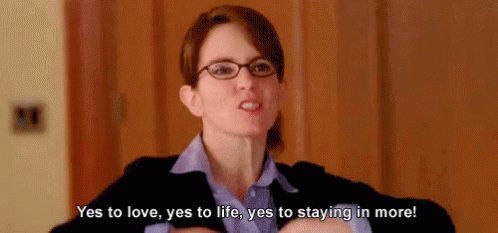Eye is the window of the soul, and our eyesight is one of the most underappreciated features of life – we learn its importance only after we have lost it. Based on the National Eye Survey in Malaysia (NESII) 2014, glaucoma was ranked the third most common causes of blindness (6.6%), superseded by untreated cataract (58.6%) and diabetic retinopathy (10.4%). The saddest part is that 86.3% of these blindness are avoidable.
In conjunction with National Glaucoma Awareness Month, we hope this article can illuminate the public with basic knowledge of glaucoma and tips for living with glaucoma.
What is glaucoma?
Glaucoma is a disease that damages the main nerve in the back of your eye, called the optic nerve. The damage is usually caused by the fluid building up in the front part of your eye – extra fluid increases the pressure in your eye, thus damaging the optic nerve.
Glaucoma is a rather cunning disease – it can develop without any symptoms and pain, but causes vision loss and can even lead to blindness as it progresses. There is currently no cure for glaucoma, but early screening and treatment can often stop the damage and protect your vision.

💡 Did you know: Glaucoma can happen in one eye or both eyes.
Types of glaucoma
There are two major types of glaucoma, they are:
-
Open-angle glaucoma
This is the most common type of glaucoma. At first, open-angle glaucoma is painless and does not usually cause symptoms. That is why so many people with glaucoma do not even know they have it until the condition worsens and starts to affect their vision.
When open-angle glaucoma does cause vision loss, it happens gradually – starts by affecting the edges of what you see, like this:
Reproduced from: the National Eye Institute. Available at: http://www.nei.nih.gov/health/examples/.
This is known as the ‘tunnel vision’ – the center of what you look at often looks clear, but things that are off to the side do not. Open-angle glaucoma occurs because your eye does not drain fluid as well as it should (like a clogged drain).
Some people can have optic nerves that are sensitive to normal eye pressure. This means their risk of getting glaucoma is higher than normal. They can develop glaucoma even without an elevated pressure within the eye.
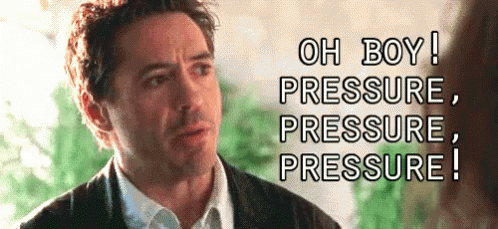
It is important to know that the amount of eye pressure that’s normal varies by person — what’s normal for one person could be high for another. Therefore, regular eye check-ups are important to find early signs of damage to their optic nerve.
-
Angle-closure glaucoma
On the other hand, we have a less common form of glaucoma called angle-closure glaucoma. It is characterized by a painful vision loss, classically when walking into a dark room. Angle-closure glaucoma happens when your iris is very close to the drainage angle in your eye. The iris can end up blocking the drainage angle. You can think of it like a piece of paper sliding over a sink drain.
Image credit: https://www.aao.org/eye-health/anatomy/drainage-angle
When the drainage angle gets completely blocked, eye pressure rises very quickly. This is called an acute attack. It is a true eye emergency, and you should call your ophthalmologist right away or you might go blind.
Here are the signs of an acute angle-closure glaucoma attack:
-
The vision is suddenly blurry
-
Very bad eye pain
-
Headache
-
Nausea (feel sick in the stomach)
-
Vomit
-
Redness in the white part of the eye
-
Swelling and cloudiness in the colored part of the eye
-
Seeing rainbow-colored rings or halos around lights
Angle-closure glaucoma also shares a similar nature with its open-angle counterpart: it develops slowly, usually without any symptoms at the beginning. People with angle-closure glaucoma often do not know they have glaucoma until they have an attack.
Prevention is better than cure
Anyone can get glaucoma, but the following groups of people are at higher risk:
-
Have a family history of glaucoma
-
Elevated intraocular pressure (IOP), i.e. increase pressure in the eye. It is possibly caused by high blood pressure.
-
Pseudoexfoliation (PXF or PEX) - a disorder in which flakes of material accumulates at the edge of the pupil, on the lens, in the drainage structures, and throughout other structures primarily in the front of the eye
-
Hypothyroidism in male population - learn more about hypothyroidism in our previous article
You are encouraged to talk with your doctor about your risk for glaucoma, and ask how often you need to get checked.
An ophthalmologist (‘eye doctor’) can check for glaucoma as part of a comprehensive dilated eye exam. The exam is simple and painless — your doctor will give you some eye drops to dilate (widen) your pupil and then check your eyes for glaucoma and other eye problems. The exam includes a visual field test to check your peripheral (side) vision.
As we mentioned, there is currently no cure for glaucoma. Therefore, people who are at higher risk for glaucoma are advised to get a dilated eye exam at least once every year. The earlier you catch glaucoma, the better the chances of treating it and preventing blindness.
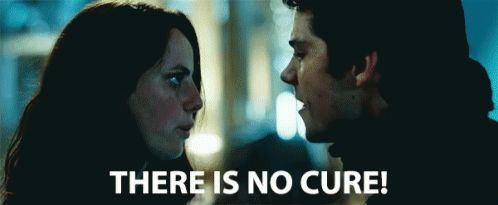
Treatment of glaucoma
The details of treatment for both open-angle and angle-closure glaucoma may vary slightly, but they all aim to reduce the pressure within the eyes. There are 3 ways to lower eye pressure:
-
Medicated eye drops: The eye drops used to treat glaucoma are not the eye drops you get from over-the-counter when you feel a little bit of dryness in the eye. These medicated eye drops for glaucoma can only be purchased with a doctor’s prescription. The common eye drops for treating glaucoma are from drug classes of prostaglandins, alpha adrenergic agonists, cholinergic agonists, beta blockers and carbonic anhydrase inhibitors.
-
Laser therapy, which improves the drainage of fluid from the eye
-
Surgery
Ways to cope with vision changes
Some people with glaucoma have “low vision.” Low vision means there may be problems doing daily, routine things even if using glasses or contact lenses. With glaucoma, this can include loss of contrast sensitivity (the ability to see shades of the same color), problems with glare, light sensitivity, and reduced visual acuity (the ability to see fine details).
To cope with these vision changes, here are some simple tips to help continue living an active daily life:
-
Improve lightning - Use directed lighting from behind the shoulder to reduce glare. Be sure that bathrooms, kitchens, hallways, closets, and stairways are well lit.
-
Increase contrast - For instance, use a black cutting board for white onions and a white cutting board for dark-colored foods. The color contrast can help to prevent accidental injuries.
-
Control glare - Wear amber or dark yellow glasses or clip-ons to reduce glare, and wear a cap with a brim or a visor outside. Cover shiny surfaces with a cloth.
-
Enlarge text - There are many ways to do so, especially on smartphone or computer.
-
Listen to audio tapes, audiobooks or radios, instead of reading
Prevent further vision loss from glaucoma
It is true that we are limited only by what we think we can or cannot do. Life after glaucoma was diagnosed can stay the same if you continue to trust your healthcare provider and follow through the treatment plan diligently. Even though your eyesight may have deteriorated, you should follow through the following to prevent further vision loss:
-
Always see your ophthalmologist regularly for eye exams. Check with him or her how often you should take the test.
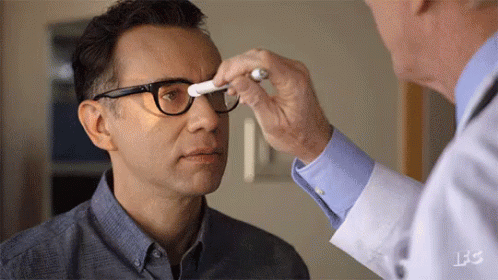
-
Talk to your ophthalmologist about the other medications you take. Medications such as:
-
Steroids (whether it is eye drops or medications that you eat),
-
Pseudoephedrine (presents in many medications for cold and allergies)
-
Antihistamines (for cold and allergies, whether it is eye drops or medications that you eat)
-
Certain antidepressants
-
Overactive bladder medications
-
Certain medications used for muscle spasms
-
can raise eye pressure and worsens glaucoma, with some of them only affect angle-closure glaucoma but not open-angle glaucoma.
-
Eat plenty of leafy green vegetables and colored fruits, berries and vegetables every day. They contain vitamins and minerals that protect your body and eyes.
-
Exercise … but carefully. Intense exercise that raises your heart rate can also raise your eye pressure. But brisk walking and regular exercise at a moderate pace can lower eye pressure and improve your overall health. If you lift heavy weights, have a qualified trainer show you how to breathe properly during this exercise.

(Don’t be like Mr Potato here)
-
Protect your eyes from injury. Eye injuries can lead to glaucoma. Always wear protective eyewear during sports or while working on your home and in your yard.
-
Avoid head-down positions. If you have glaucoma or you're at high risk of the disease, don’t place your head below your heart for long periods of time. That includes staying away from inversion tables or gravity boots for back pain. Head-down positions can greatly raise your eye pressure. Some people with severe glaucoma may need to avoid certain yoga positions. Ask your doctor if you need to avoid a head-down position in your exercise routine
-
Sleep in the right position. If you have glaucoma, avoid sleeping with your eye against the pillow or on your arm. People who have obstructive sleep apnea (OSA) are at risk of glaucoma, or may have more serious disease. If you snore heavily or stop breathing throughout the night, consult a doctor.
-
Protect your eyes from sunlight. There is some evidence that the sun’s UV rays may cause a type of glaucoma. Wear quality polarized sunglasses and a hat when exploring the outdoors.

(And it also makes you looks cooler)
-
Keep your mouth clean. Recent research links gum disease with optic nerve damage in glaucoma. Brush and floss your teeth every day and see your dentist regularly.
-
Tell your ophthalmologist about your blood pressure medicine. If your blood pressure drops too low during sleep, it can worsen glaucoma damage. If you take blood pressure medicine at night, or if you have low blood pressure symptoms (like feeling dizzy or lightheadedness), tell your ophthalmologist. They can discuss this with your primary care doctor. Do not change your blood pressure medication on your own.
When vision loss does occur, even though you trust your ophthalmologist’s ability to provide you with excellent care, you may want to consider seeking a second opinion from another glaucoma specialist. A second opinion can be helpful for understanding your diagnosis and your potential options and to reaffirm that your doctor is doing everything possible to prevent further vision loss.
It may also be helpful to have another family member or friends with you for the discussion with your ophthalmologist. Your family member may think of additional questions to ask, and help to write down and remember tips and advice from the doctor.
People who have lost significant vision can still enjoy life, be active and many can even continue to work, with the assistance of doctor’s advice or technology. Take good care of your eye sight and do not let glaucoma stop you from enjoying your life.
